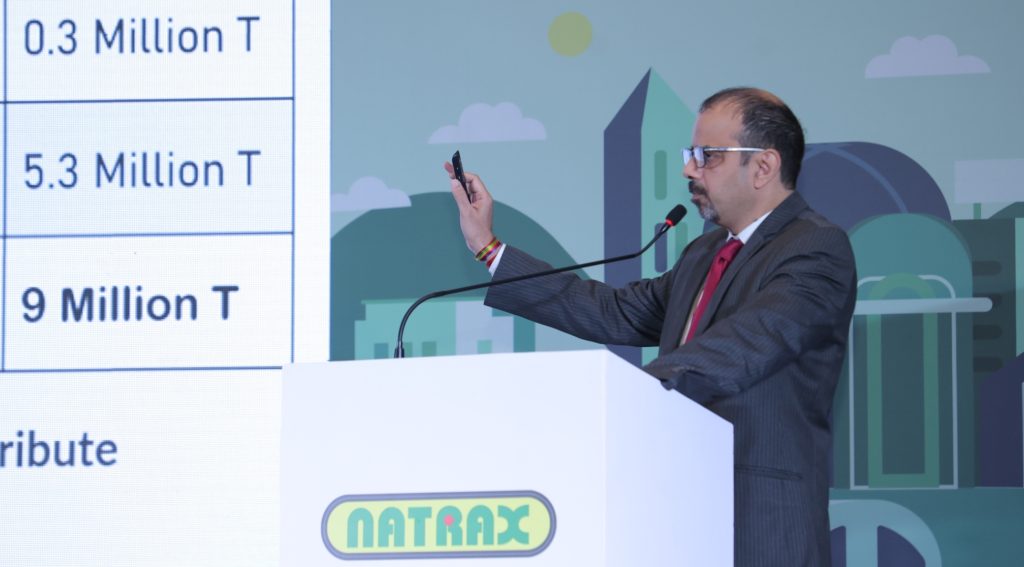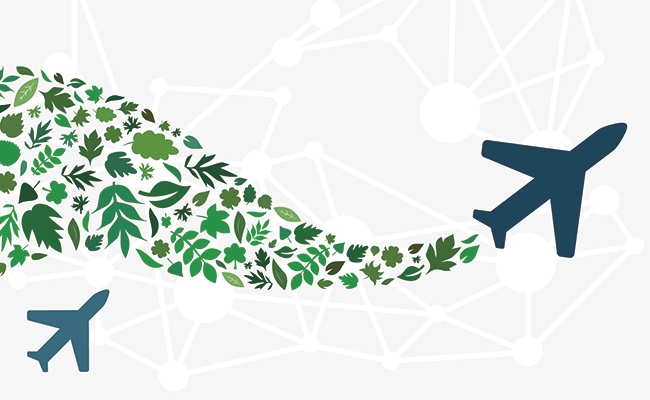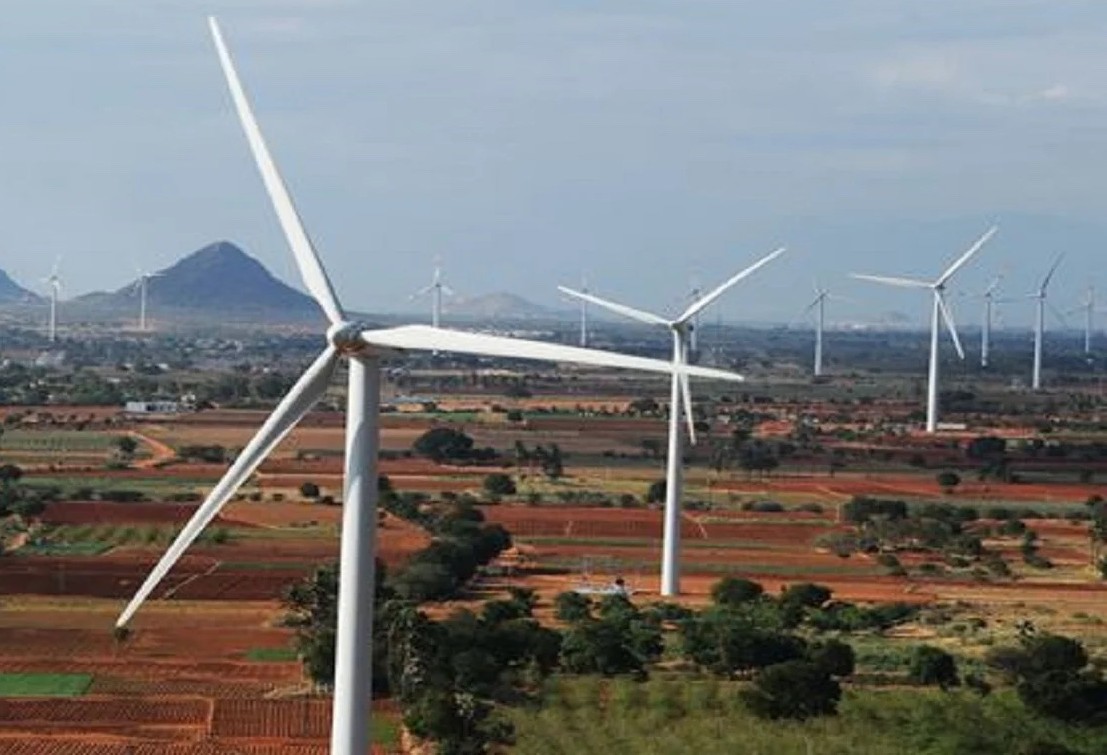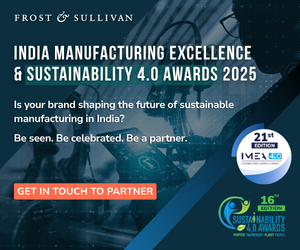In an exclusive interview, Dr. Manish Jaiswal, Director, NATRAX, discusses the organization’s holistic approach to sustainability. He tells Renjini Liza Varghese, Chief News Editor, ESGNews.earth, that the organization is achieving carbon neutrality by using solar power, recycling water on campus, pioneering innovations like certified bamboo crash barriers, and pushing for a circular economy in the EV sector.
NATRAX speaks of redefining sustainability. How exactly is the organization embedding sustainability in its operations?
NATRAX, located in Indore, is consciously embedding sustainability across its campus and operations. We aspire to achieve carbon neutrality in the near future by reducing carbon footprint, implementing sustainable building structures, and collaborating with research institutes such as CRRI to explore the use of bio-bitumen, plastic waste, and other natural materials in track construction. Currently, 80% of our campus water is recycled, and 20% of electricity consumption is met through solar power, which we aim to scale to 40% in the next few years.

Can you share some implemented examples of green innovation?
A: A notable success has been the certification of bamboo crash barriers, now deployed in Maharashtra and Raipur. Bamboo was chosen due to its high tensile strength, which is comparable to steel, making it a viable sustainable material for crash barriers. As bamboo regenerates naturally, it qualifies as a renewable material. India is projected to increase bamboo cultivation by approximately 3% annually, making it a scalable solution.
Why bamboo over natural rubber for crash barriers?
While natural rubber is a renewable product, its structural strength is insufficient compared to bamboo for replacing steel in crash barriers. Rubber lacks the tensile strength required for safety structures, whereas bamboo—with additional engineering for connectivity and durability—offers a stronger and greener alternative.
How does NATRAX act as a catalyst for mindset change towards sustainability and innovation?
We are building partnerships with education and industry. This includes collaborations with 6–7 IITs to jointly address problem statements through innovation and testing at NATRAX. We also engage with private engineering institutes to create innovation hubs. Social initiatives such as bamboo plantation drives with the Rotary Club of Indore further strengthen public participation. By acting as a neutral government hub, NATRAX brings together city administration, industry, academia, startups, and civil society under one sustainable innovation ecosystem. We want to build a sustainable innovation ecosystem together.
What steps are being taken towards sustainable campus infrastructure?
While fully green-certified buildings have not yet been developed, we are exploring low-carbon construction materials, including the use of 3D printing for modular building design. These initiatives are currently in the blueprint stage and aim to establish prototypes for future green buildings at the campus.
NATRAX is also a key testing agency for electric vehicles. How does this influence your sustainability approach?
As an EV testing agency, we play a critical role not just in evaluating batteries and vehicles but also in encouraging sustainability throughout the vehicle ecosystem. This includes pushing for battery recycling units, setting up vehicle inspection centers for health monitoring, and influencing circular economy adoption in EV manufacturing. India’s EV market is projected to grow at a CAGR of 49% until 2030, making sustainable certification vital.
If given a “magic wand,” what would you change immediately?
Road fatalities. India records nearly 169,000 road deaths annually (2022 MoRTH data), equivalent to 2 lakh lives lost each year, leading to a 4–5% GDP loss. Reducing road deaths is an urgent national priority.
What role can NATRAX play in improving road safety beyond vehicle testing?
While road construction and maintenance fall under NHAI and state authorities, NATRAX supports the ecosystem by conducting road safety audits and piloting advanced road-scanning technologies using AI and machine vision. Additionally, we connect road quality to vehicle performance, emphasizing that rolling resistance reduction requires improvements in both tire design and road infrastructure.
Looking ahead, what is NATRAX’s broader role in sustainability?
Our role is to be a hub for convergence. We recognize that sustainability requires collective action from various sectors, and as a government body without direct competition in the supply hierarchy, we are uniquely positioned to bring together industry leaders, academia, startups, regulators, and society. By transforming shared intent into measurable action, NATRAX can influence India’s transition to a greener, safer, and more circular mobility ecosystem.
NATRAX (National Automotive Test Tracks) is a state-of-the-art automotive testing and certification center located near Pithampur, Indore, Madhya Pradesh, featuring Asia’s longest high-speed test track and comprehensive facilities for vehicle research, evaluation, and homologation. It serves as a one-stop solution for testing all categories of vehicles, supporting national and international standards under the Ministry of Heavy Industries, Government of India













